In Soviet times, few people thought about how to drink cognac, they simply poured it into a glass and ate everything that was on the table. Modern connoisseurs of alcohol have become more selective: they try not to waste a valuable product of many years of aging and follow the rules that allow you to enjoy the aroma and taste of cognac.
1. Atmosphere
First you need to be imbued with respect for the drink, creating a suitable entourage. For tasting, a living room, restaurant, banquet hall or office is suitable. It is desirable that those present be dressed in business suits and evening dresses. Drinking cognac in the kitchen in home clothes is less enjoyable. This is the case when the environment is very important.
2. Glass and temperature
A classic wide glass with a narrowed top – “snifter”, translated from English as “sniff” helps to appreciate the whole range of cognac aromas. Recently, it has become fashionable to replace the snifter with a special tulip-shaped tasting glass. It is believed that it conveys the smell better. But this question is more interesting for professionals, and at home there is no fundamental difference between a tulip-shaped glass and a snifter.
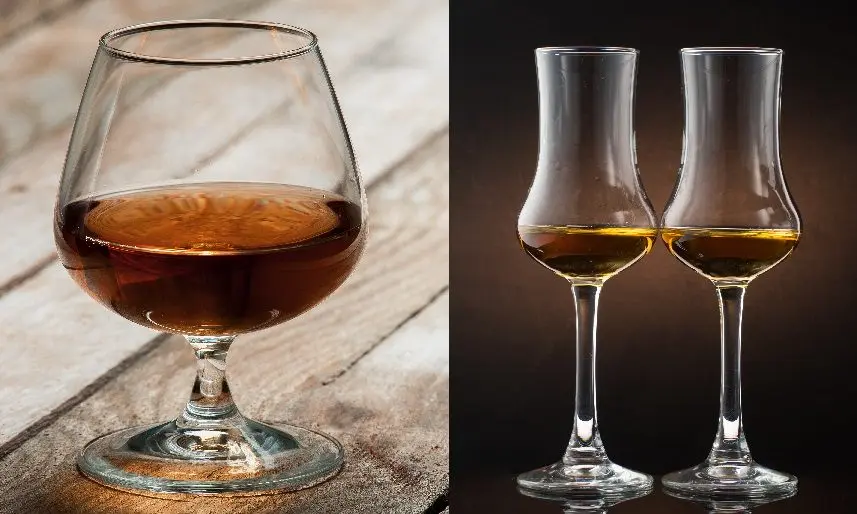
The ideal serving temperature for cognac is 20-25 °C. The glass is filled to a third or less.
3. Tasting process
First, a fingerprint is left on the outer wall of a glass of cognac and is looked at through the drink. If the imprint is clearly visible, the cognac is of high quality.
Then the glass begins to slowly rotate around its axis. Traces called “legs” will begin to appear on the walls, they should be studied more carefully. If the “legs” do not disappear within 5 seconds, then you have cognac aged 5-8 years, if 15 seconds – the drink is about 20 years old.
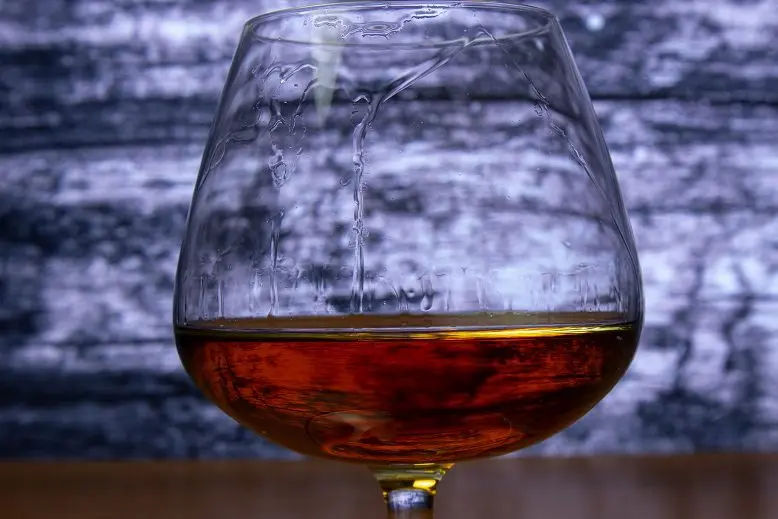
Depending on the aging and the amount of caramel added, the color of the cognac can change from light yellow to dark brown. Usually, the older the cognac, the darker it is, but not always. After studying the appearance, they proceed to the assessment of the smell.
There are three waves of cognac flavor. The first wave can be felt at a distance of 5-10 cm from the edge of the glass; light vanilla tones are well captured here. The second wave of smell begins near the edges, fruity and floral notes are felt here. In high-quality cognac, there will definitely be an aroma of linden, violets, roses or apricots. The third wave (directly in the glass) includes aging aromas with complex tones reminiscent of port wine. After enjoying the bouquet of aromas, evaluate the taste.
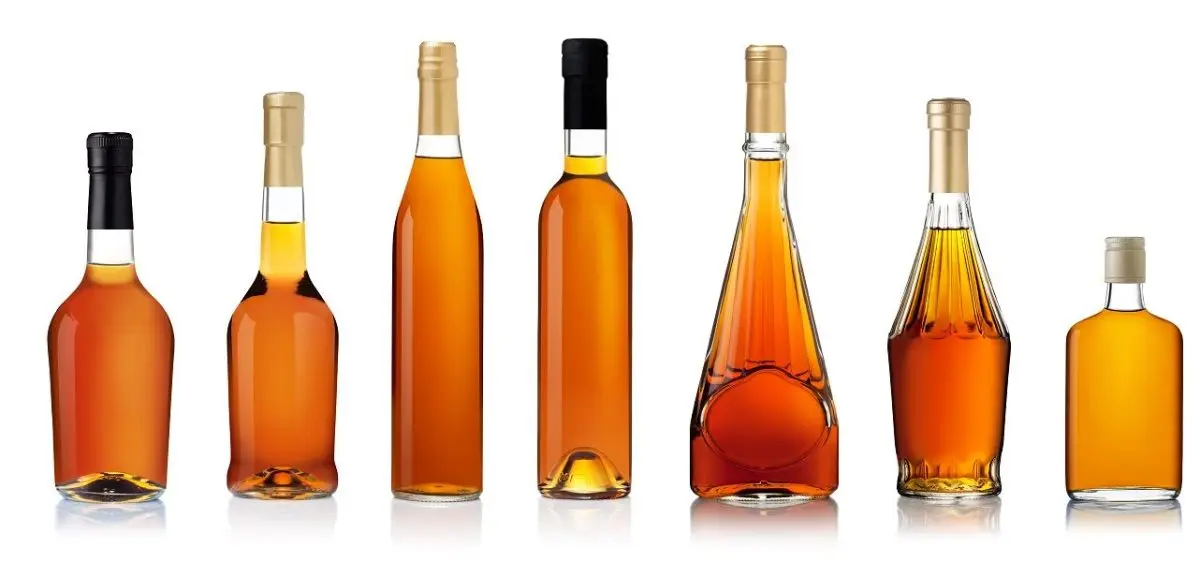
It is correct to drink cognac in small sips, holding it in your mouth for a few seconds. Thanks to this, the effect, called “peacock’s tail”, is well captured – the cognac slowly spreads over the tongue and throat, leaving a pleasant aftertaste, in which there should not be sharp alcohol tones. The longer the aftertaste lasts, the better the drink. You can also warm the glass with the warmth of your palm for 1-2 minutes, and then take a sip. The taste will change a little.
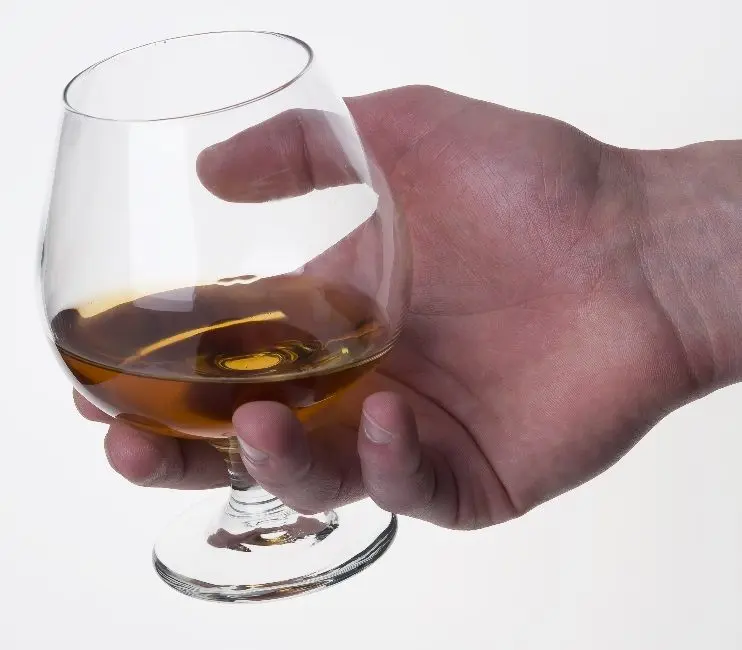
4. Breakfast
In a classic serving, cognac is not usually combined with food; it is served for dessert when guests are already full.
The French follow the rule of “three Cs”: Cafe, Cognac, Cigare. First they drink a cup of good coffee, then they enjoy cognac, and at the very end they smoke a cigar.
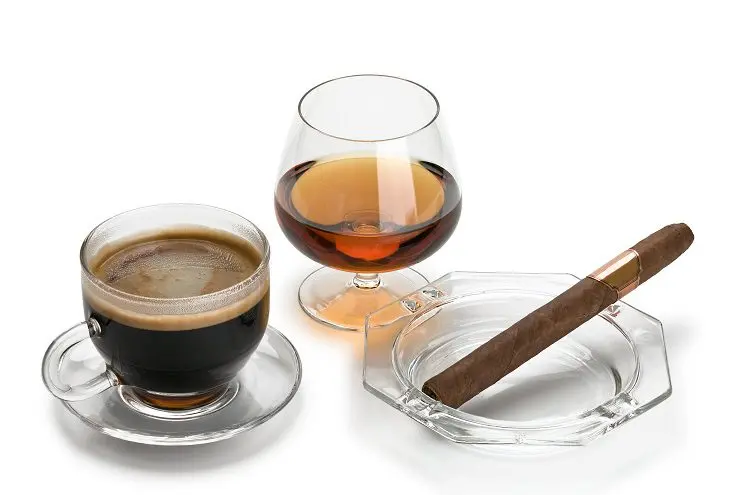
Cognac also goes well with fruits, hard cheeses, seafood and lean meats. The main thing is not to put lemons on the table, which instantly dull the taste.









